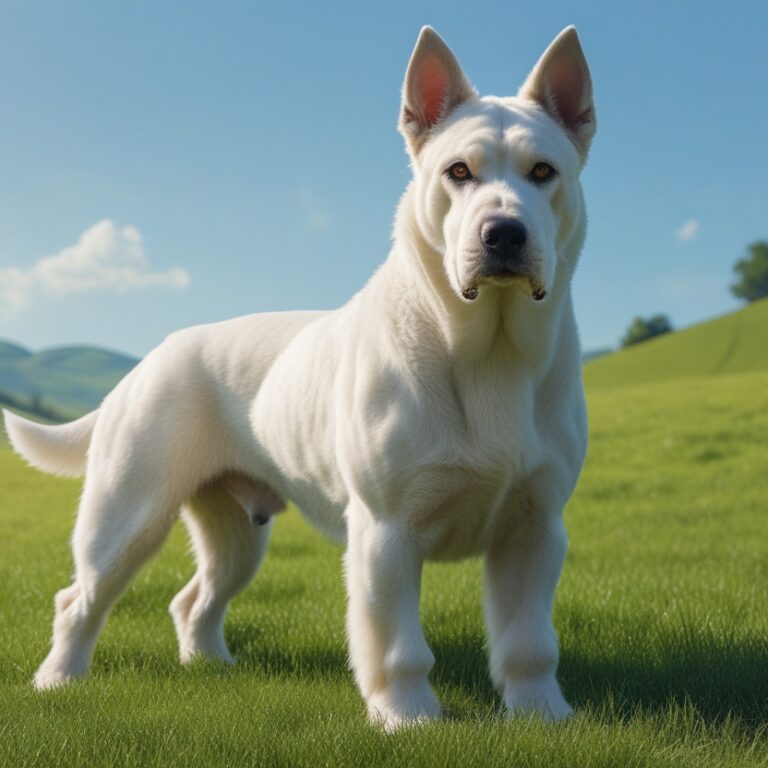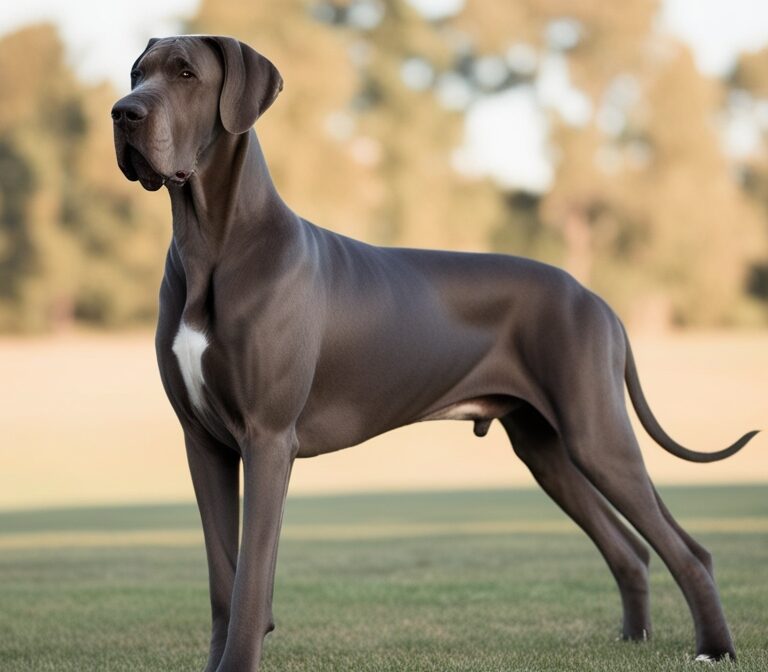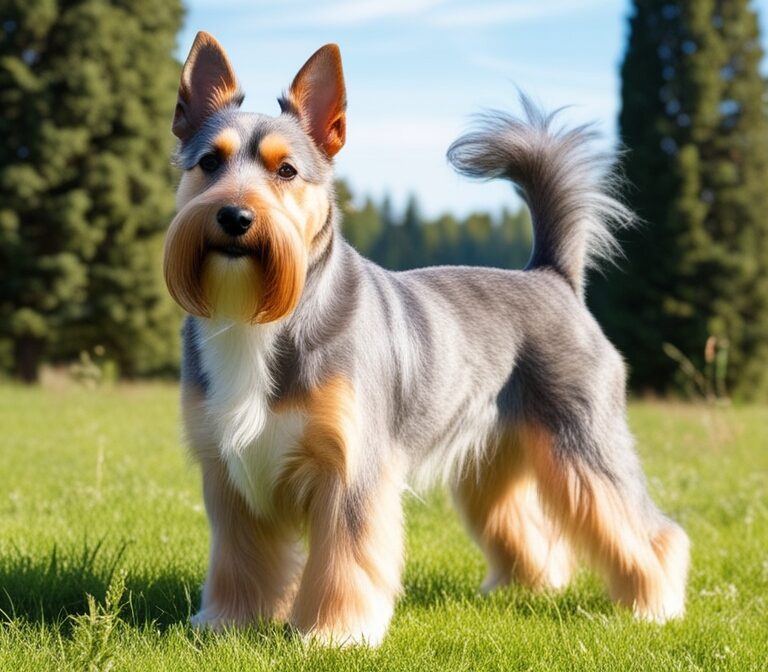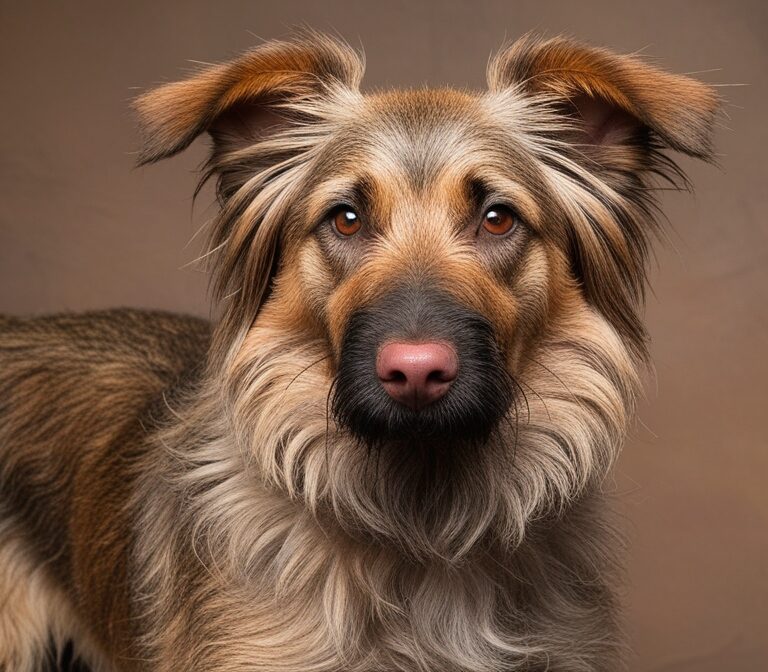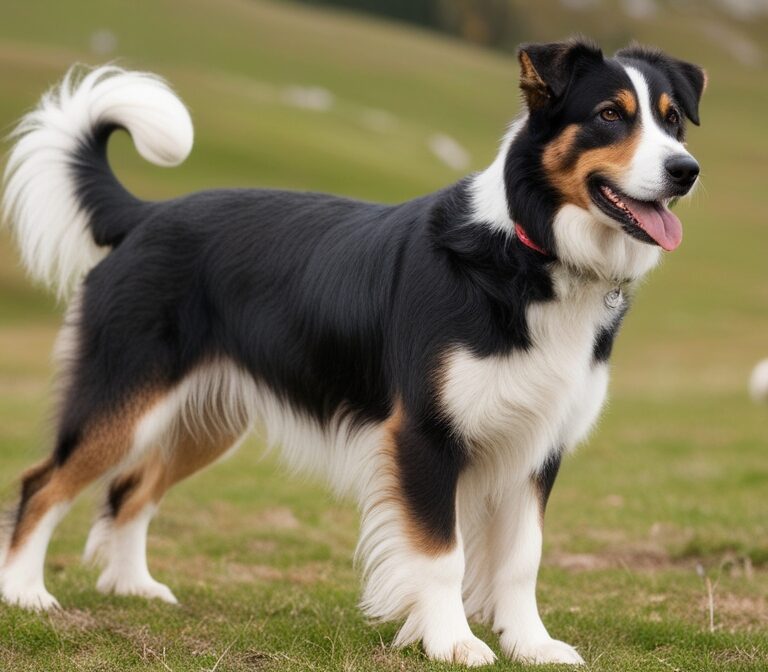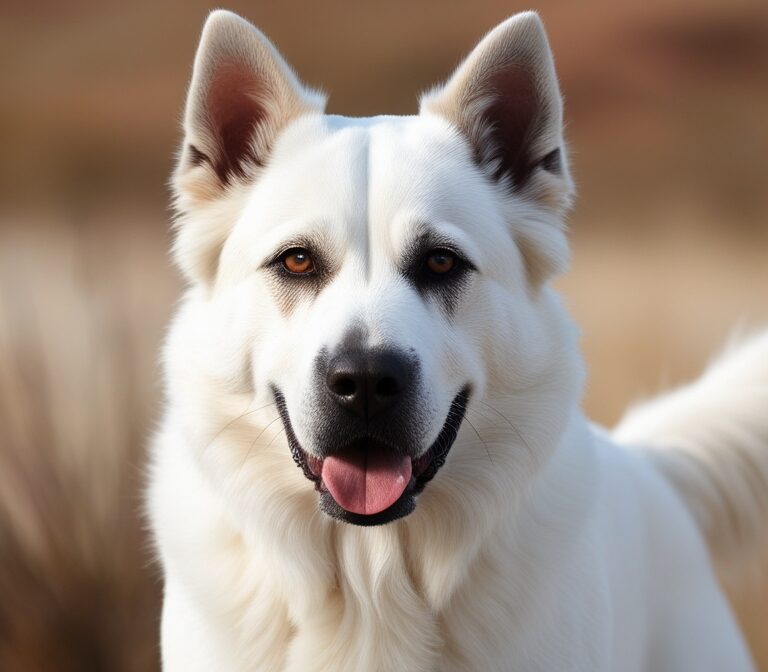Miniature Pinscher: The Complete Guide to the King of Toys
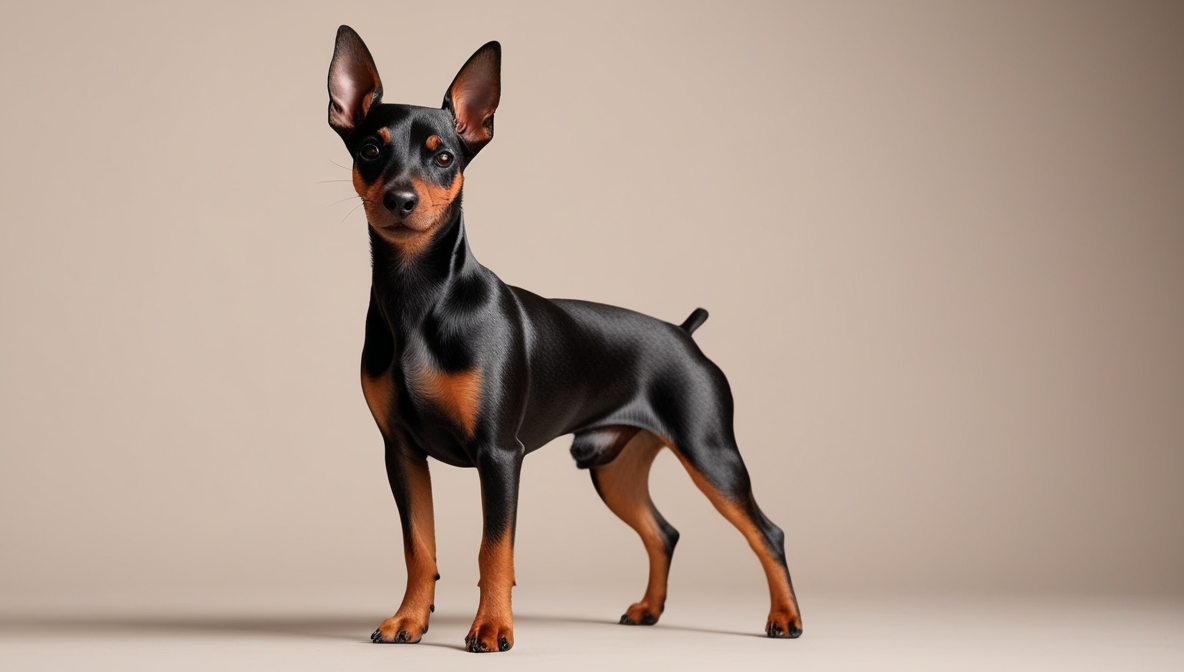
Introduction
The Miniature Pinscher, affectionately called the Min Pin, is a spirited, compact dog breed often referred to as the “King of Toys.” Despite its small size, this breed carries an aura of confidence, athleticism, and bold personality that rivals much larger dogs. Originating in Germany, the Miniature Pinscher was developed to hunt vermin such as rats in stables and households, making it not only a companion but also a highly practical working dog.
This complete guide explores every aspect of the breed, including history, characteristics, care, training, and ownership costs. Whether you are considering adopting a Miniature Pinscher, already own one, or are simply curious about the breed, this article will provide the in-depth knowledge you need to understand the Min Pin’s unique qualities.
Origin and History
The Miniature Pinscher originated in Germany over 200 years ago, primarily bred to eliminate vermin from homes, barns, and stables. Known as the Zwergpinscher in German, the breed was selectively developed by crossing the German Pinscher, Dachshund, and Italian Greyhound. This combination resulted in a small yet muscular dog capable of darting quickly and fearlessly at rodents.
One of the earliest mentions of the breed appeared in paintings and documents from the 17th century. At that time, the Min Pin was valued for its ratting ability, making it essential for farmers. Unlike many toy breeds that were bred solely as companions, the Min Pin retained its working dog instincts, which explains its alertness and energy even today.
In 1895, the Pincher Klub (later renamed Pinscher-Schnauzer Klub) was founded in Germany, and the Miniature Pinscher became an officially recognized breed. The breed was introduced to the United States in the early 20th century and quickly gained recognition by the American Kennel Club (AKC) in 1929.
Although often confused with the Doberman Pinscher, the two breeds are not directly related. The Doberman was developed much later by Karl Friedrich Louis Dobermann, whereas the Min Pin’s history predates it by centuries. Their physical similarities—sleek coat, upright ears, and proud posture—likely caused the misconception.
Breed Classification
The American Kennel Club (AKC) classifies the Miniature Pinscher in the Toy Group, though its working-dog origins set it apart from many other toy breeds. In Europe, the Fédération Cynologique Internationale (FCI) categorizes it under Group 2: Pinscher and Schnauzer types, reflecting its close relation to terrier-like dogs.
Despite being labeled a toy breed, the Min Pin’s athleticism and strong prey drive align it more with working or terrier breeds. This dual nature makes the breed highly versatile—it has the size of a toy dog but the boldness of a working dog.
The Min Pin stands 10–12.5 inches tall at the shoulder and weighs 8–12 pounds, fitting neatly into the toy classification based on size. However, unlike delicate toy breeds such as the Chihuahua or Maltese, the Miniature Pinscher has a muscular frame, designed for speed, agility, and stamina.
Breed organizations worldwide recognize the Min Pin:
- AKC (Toy Group)
- UKC (Companion Dog Group)
- FCI (Group 2 – Section 1.1)
These classifications highlight both the Min Pin’s compact size and its heritage as a fearless hunter. The result is a breed admired for its balance of companionship, agility, and watchdog instincts.
Physical Characteristics
The Miniature Pinscher is instantly recognizable thanks to its elegant, athletic build and distinctive features. Despite being a small breed, standing 10–12.5 inches tall and weighing 8–12 pounds, the Min Pin projects strength, confidence, and agility. Its compact, muscular body is proportionate, with a deep chest and slightly arched neck that give it a regal appearance—one of the reasons it is nicknamed the “King of Toys.”
The breed’s coat is short, sleek, and glossy, requiring minimal grooming but highlighting its muscular form. Accepted coat colors include black and rust, chocolate and rust, red, and stag red (red with black hairs interspersed). The coat lies close to the skin, which enhances the Min Pin’s streamlined silhouette and accentuates its natural elegance.
One of the most distinctive features of the Miniature Pinscher is its erect, high-set ears. In some countries, ear cropping is practiced for cosmetic purposes, although many Min Pins today retain their natural ears, which can be either erect or slightly folded. Their tail is traditionally docked, though in countries where docking is restricted, the natural tail is left, often carried high in a curved fashion.
The Min Pin’s gait is another hallmark of the breed. Known as the “hackney gait,” this high-stepping motion resembles that of a horse, giving the breed a prancing, almost aristocratic stride. This movement isn’t just for show—it reflects the breed’s agility and confidence.
Their eyes are dark, oval-shaped, and full of alert expression, always scanning the environment. This complements their wedge-shaped head, strong jawline, and slightly pointed muzzle, which give them a look of sharp intelligence and readiness.
Temperament and Personality
The Miniature Pinscher is celebrated for its fearless, energetic, and spirited personality. Owners often describe them as “big dogs in small bodies” because of their confidence and tendency to take charge, sometimes even bossing around much larger dogs. This bold temperament earned them the nickname “King of Toys.”
Miniature Pinschers are clever and playful, thriving on interaction and stimulation. They form strong bonds with their families and love being at the center of activity. Their curious nature drives them to explore every corner of their environment, making them both entertaining and sometimes mischievous. Without adequate supervision, they may sneak into cabinets, chew objects, or test boundaries in clever ways.
Despite their size, they have a watchdog instinct that makes them excellent at alerting owners to strangers or unusual activity. They are naturally vocal, and while this makes them effective guardians, it also means owners must work on training to control excessive barking.
Their high energy level requires plenty of exercise and mental engagement. A bored Min Pin can quickly develop undesirable behaviors, such as digging, chewing, or escaping. They are known to be excellent escape artists—jumping over fences or squeezing through small gaps.
In family settings, Miniature Pinschers are affectionate and loyal companions, but they may not tolerate rough handling from very young children. They do best in households where children understand how to interact gently with small dogs.
Lifespan and Health
The Miniature Pinscher enjoys a relatively long lifespan of 12–16 years, making it one of the sturdier small breeds when cared for properly. With good nutrition, exercise, and veterinary care, many Min Pins remain active and spirited well into their senior years. However, like all breeds, they are prone to certain health conditions that owners must monitor closely.
Common Health Concerns:
Patellar Luxation – A condition where the kneecap slips out of place, causing lameness or discomfort. This is common in many toy breeds.
Progressive Retinal Atrophy (PRA) – A degenerative eye disease that can eventually lead to blindness. Responsible breeders screen for this condition.
Legg-Calvé-Perthes Disease – A hip joint disorder that can lead to arthritis if untreated.
Dental Problems – Due to their small mouths, Miniature Pinschers are prone to plaque buildup, tartar, and tooth loss if not given proper dental care.
Obesity – Small dogs gain weight quickly, and excess weight strains their joints and overall health.
Routine veterinary checkups, vaccinations, and preventive screenings play a critical role in detecting and managing these conditions early. Owners should also ensure their dogs maintain a healthy weight through portion control and high-quality diets tailored to small breeds.
Despite these risks, the Miniature Pinscher is known for its hardy constitution. Unlike some toy breeds, it does not suffer from extreme fragility, and many Min Pins remain active, agile, and alert into old age.
To extend lifespan and ensure quality of life, owners should focus on:
- Balanced Diet – High in protein and low in fillers.
- Exercise – Daily walks and playtime to maintain muscle strength and prevent obesity.
- Dental Care – Regular brushing and dental treats.
- Routine Vet Visits – At least once a year for adults, twice for seniors.
With attentive care, the Miniature Pinscher can enjoy a long, healthy life, rewarding its family with years of loyalty, companionship, and endless energy.
Exercise Needs
The Miniature Pinscher may be small, but it has the energy of a much larger dog. Known for its lively and spirited personality, this breed requires daily exercise to stay balanced, healthy, and happy. On average, a Miniature Pinscher needs at least 30–60 minutes of activity per day, which should include both physical exercise and mental stimulation.
Types of Exercise:
- Walks: Two brisk walks a day help burn off energy and provide mental enrichment from new smells and environments.
- Play Sessions: Games like fetch, tug-of-war, or chase are excellent for bonding and energy release.
- Agility Training: Many Min Pins excel in dog sports such as agility, rally, or obedience, as these activities challenge both body and mind.
- Interactive Toys: Puzzle feeders or treat-dispensing toys keep their clever minds occupied indoors.
While their size makes them suitable for apartment living, lack of exercise can lead to destructive behaviors such as chewing, barking, and digging. The breed’s independent streak also means they may entertain themselves in ways owners won’t appreciate if not given proper outlets.
Miniature Pinschers are also known escape artists. Their athletic build and jumping ability allow them to scale fences or squeeze through tiny gaps. Owners should secure yards with fences at least 4–5 feet high and supervise outdoor time.
Another aspect of their exercise needs is mental stimulation. Being a clever and curious breed, the Min Pin thrives when given challenges. Training exercises, scent games, and new experiences prevent boredom and keep them sharp.
Training a Miniature Pinscher
Training a Miniature Pinscher is both a challenge and a joy. Intelligent, energetic, and independent, this breed learns quickly but also tests boundaries. Their bold personality means they respond best to consistent, positive reinforcement training methods.
Early Socialization
Proper training begins with early socialization. Exposing a Min Pin to various people, sounds, and environments between 8 and 16 weeks of age helps prevent fearfulness and excessive barking later. Puppy kindergarten classes are an excellent way to combine training with structured socialization.
Obedience Training
Min Pins have a reputation for stubbornness. Without guidance, they may try to dominate the household. Teaching basic commands like sit, stay, come, and leave it establishes boundaries and reinforces the owner’s leadership. Short, engaging sessions (5–10 minutes) work best, as this breed can become restless with repetitive drills.
Housebreaking Challenges
Due to their small size and strong will, housebreaking can be tricky. Crate training and scheduled potty breaks are effective strategies. Patience and consistency are key, as punishment-based methods can create fear and worsen behavior.
Positive Reinforcement
Food rewards, praise, and playtime work better than harsh corrections. The breed thrives when training feels like a game, which keeps them motivated and eager to learn.
Common Behavior Issues
- Barking: Their watchdog nature leads to frequent barking. Training a “quiet” command helps manage this.
- Jumping: Their enthusiasm can cause them to jump on guests. Redirecting this behavior to sit politely is essential.
- Possessiveness: They may guard toys or food. Structured obedience and sharing exercises reduce this behavior.
When trained with patience and consistency, the Miniature Pinscher becomes a well-mannered, confident, and obedient companion. Owners who commit to early training reap the rewards of a clever, loyal dog that thrives on human interaction.
Diet and Nutrition
Feeding a Miniature Pinscher requires careful planning to meet its high energy needs while avoiding obesity. Despite their small size, Min Pins are active dogs that burn a lot of calories, making a balanced diet essential.
Caloric Needs
On average, an adult Miniature Pinscher needs 300–500 calories per day, depending on age, weight, and activity level. Puppies require more frequent meals to support growth, while seniors need fewer calories to prevent weight gain.
Ideal Diet Composition
- Protein (25–30%): Essential for muscle maintenance and energy. Look for high-quality animal proteins like chicken, turkey, fish, or beef.
- Fat (10–15%): Healthy fats provide energy and support coat health. Omega-3 and Omega-6 fatty acids are particularly beneficial.
- Carbohydrates: Moderate amounts of whole grains, sweet potatoes, or peas provide fiber and slow-release energy.
- Micronutrients: Calcium, phosphorus, and vitamins A, C, and E support joint, vision, and immune health.
Feeding Schedule
- Puppies (2–6 months): 3–4 small meals per day.
- Adults (6 months–7 years): 2 meals per day.
- Seniors (7+ years): 2 smaller meals tailored to reduced metabolism.
Foods to Avoid
Certain foods are toxic to Miniature Pinschers, including chocolate, grapes, onions, garlic, and artificial sweeteners (xylitol). Owners must be vigilant about not sharing table scraps, as even small amounts can cause harm.
Grooming and Maintenance
One of the advantages of owning a Miniature Pinscher is its low-maintenance grooming needs. The breed’s short, smooth coat requires little effort compared to long-haired breeds, yet regular care keeps the Min Pin looking sharp and healthy.
Coat Care
The Miniature Pinscher’s coat is sleek and lies close to the body. A weekly brushing with a soft bristle brush or grooming mitt helps remove loose hairs, distribute natural oils, and keep the coat shiny. Because they shed lightly year-round, brushing also reduces shedding around the home.
Nail Care
Their fast-growing nails require trimming every 2–3 weeks. Left untrimmed, nails can become painful and affect the dog’s gait. Active Min Pins that walk on pavement may naturally wear down nails but still require regular checks.
Dental Hygiene
Miniature Pinschers are prone to dental problems due to their small mouths. Daily tooth brushing or dental chews help prevent plaque buildup, gum disease, and bad breath. Annual veterinary dental cleanings may be necessary.
Living Environment
The Miniature Pinscher adapts well to a variety of living environments, but certain conditions allow them to thrive best. Thanks to their compact size, they are ideal for apartment living, provided their exercise needs are met. However, they also do well in larger homes with yards, as long as the space is securely fenced.
Interaction with Other Pets
With proper socialization, Min Pins can coexist peacefully with other pets. However, their dominant and fearless personality sometimes leads to conflicts, especially with larger dogs. Early training helps establish boundaries and prevents territorial behavior.
Indoor and Outdoor Considerations
Miniature Pinschers are sensitive to cold due to their thin coat. In colder climates, they require sweaters or coats during outdoor activities. Indoors, they enjoy warm spots like blankets or laps. Conversely, in hot weather, they should have access to shade and water to prevent overheating.
Conclusion
The Miniature Pinscher, often hailed as the “King of Toys,” is a breed that truly embodies the phrase small but mighty. With its compact frame, fearless personality, and boundless energy, this dog offers companionship far greater than its size suggests. Originally bred in Germany as a vermin hunter, the Min Pin has evolved into a beloved companion and watchdog, admired worldwide for its charm and confidence.
What sets the Miniature Pinscher apart from other toy breeds is its blend of elegance and athleticism. Its sleek coat, high-stepping hackney gait, and sharp intelligence give it a presence that commands attention in any setting. Unlike fragile toy breeds, the Min Pin is robust, spirited, and always ready for action.
Temperamentally, the breed is a mixture of playfulness, cleverness, and independence. It thrives in households that provide structure, mental stimulation, and daily exercise. While its boldness can sometimes be a challenge, consistent training transforms the Min Pin into a loyal, obedient, and entertaining family member. Its long lifespan of 12–16 years ensures that with proper care, owners will enjoy many years of companionship.
The ideal living environment for a Miniature Pinscher is one where it is an active part of the family—whether in an apartment with daily walks or a house with a secure yard. Grooming needs are minimal, but attention to dental care, exercise, and nutrition is crucial for long-term health.
In conclusion, the Miniature Pinscher is more than just a small dog—it is a fearless guardian, playful entertainer, and devoted companion. For those seeking a dog with a personality that far outweighs its size, the Min Pin delivers unmatched joy, loyalty, and character.
